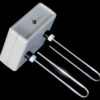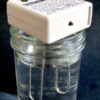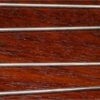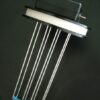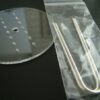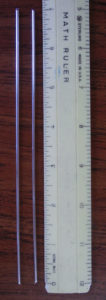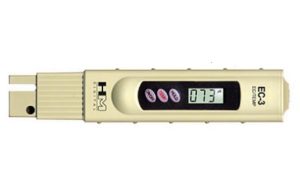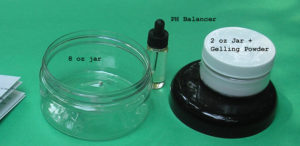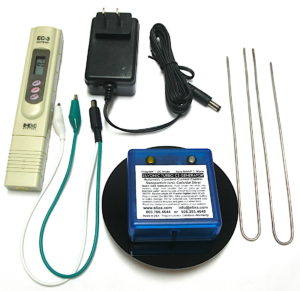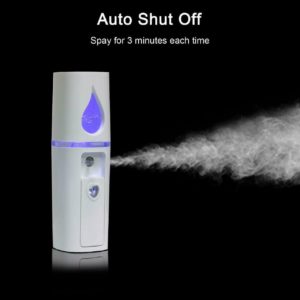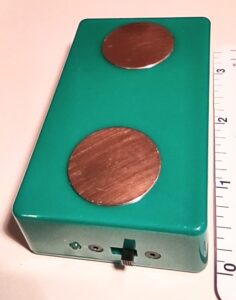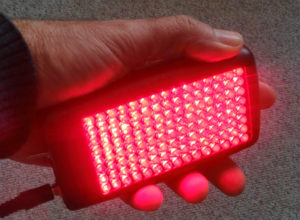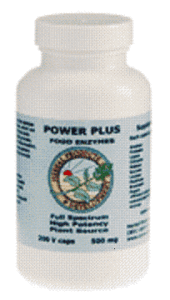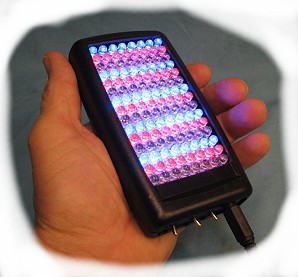We use .9999 (certified 99.99ure) silver electrodes, 7″ long (18 cm), 12 AWG (1.63mm or 0.064″ in diameter). One pair will make approximately 100 gallons of 5-10 ppm colloidal silver.
The Silvonic Pro uses 2 7″ U-shaped electrodes.
The Silvonic Turbo uses 2 14″ U-shaped electrodes.
The Silvonic 1G (discontinued) uses 4 14″ U-shaped electrodes.
We also sell straight rods.
$45.00 – $89.00
Free Priority Mail Insured S&H in US on orders over $49.
Shipping charges to other countries shown at checkout.
Description
We use .9999 (certified 99.99% pure) silver electrodes, 7″ long (18 cm), 12 AWG (1.63mm or 0.064″ in diameter). One pair will make approximately 100 gallons of 5-10 ppm colloidal silver.
The Silvonic Pro uses 2 7″ U-shaped electrodes.
The Silvonic Turbo uses 2 14″ U-shaped electrodes.
The Silvonic 1G (discontinued) uses 4 14″ U-shaped electrodes.We also sell straight rods.
Additional information
| Weight | 1 lbs |
|---|---|
| Product Options | 14" U-shaped Silver Rod Pair $89, 7" U-shape Silver Rod Pair $45, 7" Straight Silver Rod Pair $45 |


